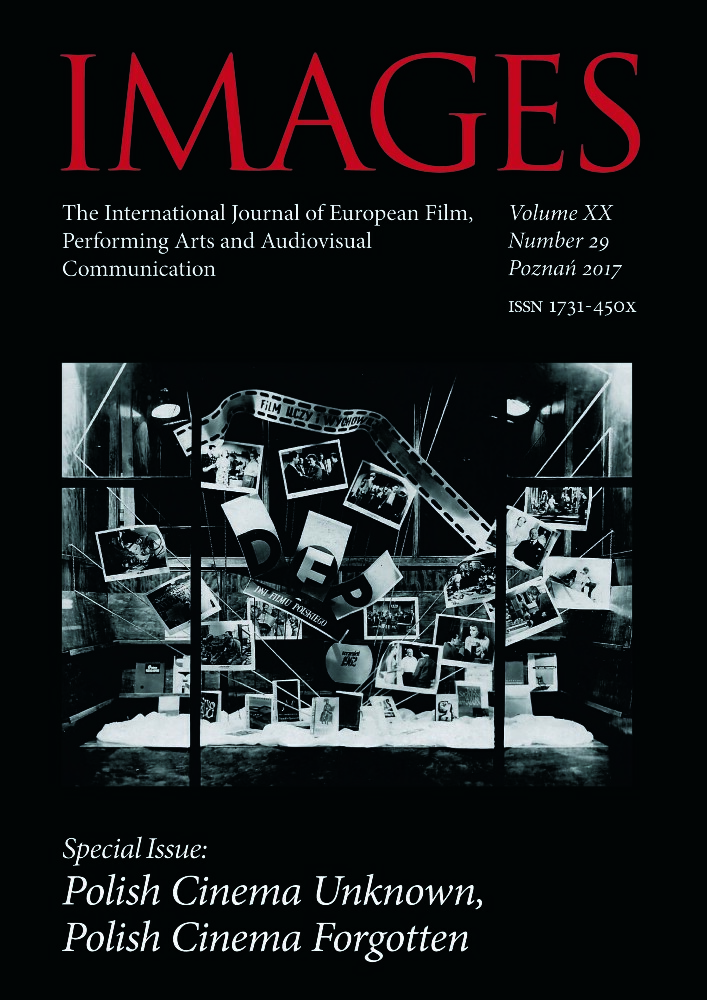Abstract
Legendary American producers who’d accepted to read tens of scripts had a justified approach to read only first ten pages. Although on a first sight it may appear negligence, they knew well that if they are not convinced by the first pages of the script, it is very likely that the audience won’t feel convinced either. The article concerns the role of the film opening and its structure. Its functions and transformations are described upon the examples of films by Ingmar Bergman and Paul Thomas Anderson.
References
Anderson P.T., 2008, Tell the story! Tell the story! rozm. E. Pilkington, „The Guardian” [online], 4 stycznia, tekst dostępny na stronie: <https://www.theguardian.com/culture/2008/jan/04/awardsandprizes>.
Arystoteles, 1989, Poetyka, przeł. i oprac. H. Podbielski, Wrocław.
Bergman I., 1993, Obrazy, przeł. T. Szczepański, Warszawa.
Campbell J., 1997, Bohater o tysiącu twarzy, przeł. A. Jankowski, Poznań.
Field S., 1998, Pisanie scenariusza fi lmowego, przeł. W. Wertenstein, B. Pankau, słowo wstępne B. Michałek, Warszawa.
Gulino P.J., 2010, Screenwriting – the sequence approach, New York.
Schütte O., 2005, Praca nad scenariuszem, przeł. M. Borzęcka, A. Głowska, Warszawa.
Szczepański T., 1999, Zwierciadło Bergmana, Gdańsk.
Vogler Ch., 2009, Podróż autora: struktury mityczne dla scenarzystów i pisarzy, przeł. K. Kosińska, Warszawa.
License
Copyright (c) 2017 Grzegorz Jaroszuk

This work is licensed under a Creative Commons Attribution-NonCommercial-NoDerivatives 4.0 International License.
